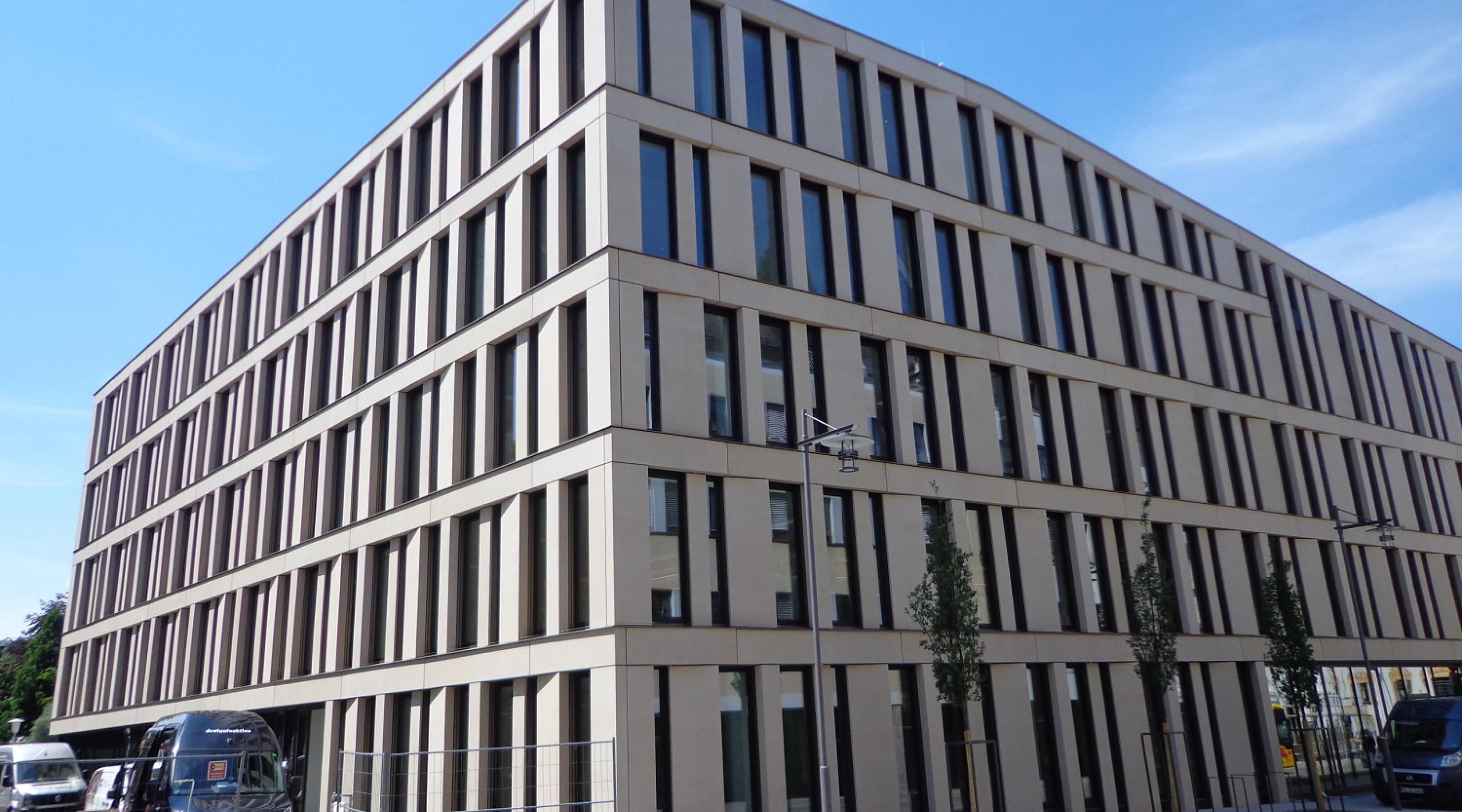Glass fibre modified concrete and glass fibre concrete
It was not until the invention of alkali-resistant glass fibre (AR fibre) in the 1980s that glass fibre concrete made a breakthrough and offered the possibility of replacing asbestos. If short fibres are added to the concrete, a distinction is made between glass fibre-modified concrete or glass fibre concrete, depending on the fibre content.
Glass fibre modified concrete: The properties of the concrete improve significantly from a glass fibre content of just 0.4% by volume. Such micro-reinforcement reduces crack formation, but has no static effectiveness. Glass fibre-modified concrete is used for building components with special requirements for impermeability, e.g. white tanks, liquid-impermeable concrete structures or screeds.
Glass fibre concrete: Glass fibre concrete is defined as having a glass fibre content of 2.5 to 5 % by volume. In some areas, the glass fibres thus take over the functions of reinforcement. Since the glass fibre does not rust, no minimum concrete cover is required for components made of glass fibre concrete that do not contain any other metallic reinforcement. The minimum thickness can thus be reduced to a few millimetres. This enables extremely filigree forms to be produced.
Glass fibre concrete is used for: facade construction, masonry construction (hollow lintels, window sills, heat-insulating wall base elements), roofing panels, fire protection panels, cladding.
More about this on beton.org
